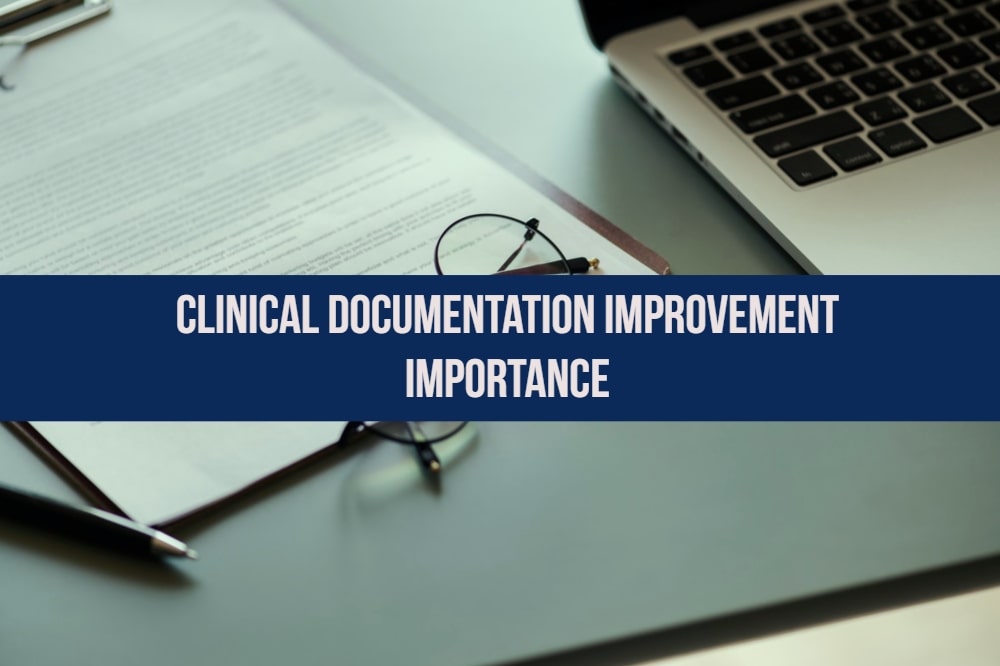Times are tough – reimbursements are declining and expenses increasing. Keeping your practice viable in this environment requires being able to identify areas in your medical practice which are bleeding money and working out a strategy to stem the bleed. While each practice will require a different strategy to boost its bottom line, here are some tips that all medical practices can follow.
Make your entrance attractive and inviting: A visually appealing entrance will be more attractive to patients than a dingy and plain looking one.
Enliven your reception and waiting area: Brightly painted walls, current periodicals, comfortable chairs and maybe free Wi-Fi to make your patients wait comfortable.
Ask patients to write online reviews: Positive reviews from existing patients will encourage new patients to come to you.
Use social media to interact with the community: Connecting with your community through social media can make people comfortable with coming to you when they need a doctor.
Use the power of the internet: Create your webpage and publish blogs, knowledge articles etc. Patients tend to prefer doctors who reflect authority about their profession.
Organize patient education meetings/classes: Organize meetings/classes on issues such as living with diabetes, pros and cons of dieting, ways to quit smoking etc for your patients and others.
Train your staff: The patient is the reason why your practice runs – train your staff to be courteous, efficient, helpful and caring to the patients needs.
Make your practice paperless: Automating your processes will save you money and time– bring in and implement an EHR system.
Create more appointment options: Is it feasible for you to see patients in the evenings or during weekends? Can you manage a visit to the patient’s residence if required? If yes, these will definitely add to your revenue collection.
Offer more services: Add services like alternative medicine, physical therapy, wellness spa etc. to your practice. These can bring in additional revenue; however, a thorough cost versus benefit evaluation is a must before starting them. Take a look at this post on Ancillary Services.
Negotiate payer contracts: It is important to review your payer contracts annually. Renegotiate contracts at the time of renewal and add new payers to your current list.
Review and analyze your bills and medical claim denials: Make it a practice to regularly review and analyze bills raised by your office, along with denials from payers. Put corrective measures in place and ensure that these are followed.
Rework prices with vendors: Talk to your vendors and ask for discounts on bundled services.
Outsource wherever possible: Outsourcing work like billing and collection will definitely be cheaper than doing them in-house.
Encourage group purchasing and avoid overstocking: Join a group purchasing organization or start one in your neighborhood with other practices to reduce cost of regular supplies. Keep an eye on your inventory to ensure that you are not overstocking supplies.



